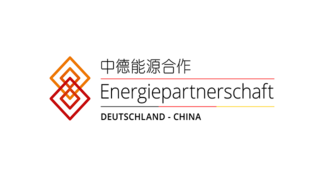Smart Grid Development in China: Achievements and Trends
Keywords: Smart Grid Development, Decarbonization, Electricity Market Reform | Study published: September 2022
Since 2014, China has focused heavily on developing smart grid technologies to integrate renewable energy sources. The nation’s energy system, historically dominated by large public grids, is undergoing significant transformation due to rising renewable energy generation, especially from wind and solar power. As China aims for carbon neutrality by 2060, the shift to variable renewable energy (VRE) has presented challenges in grid balancing and system regulation. Despite progress, issues remain in operational implementation and digital applications, as well as the effective management of distributed generation (DG). This paper outlines the primary obstacles, such as the need for advanced storage technologies, flexible power grids, and a reliable green electricity trading system, while exploring potential solutions for the future.
China’s transition to smart grids is crucial for managing the integration of renewable energies, particularly wind and solar power, which are essential for meeting the nation’s ambitious carbon neutrality target by 2060.

- China is leading in renewable energy capacity, but significant hurdles remain in grid balancing and system regulation.
- Smart grid technologies, including energy storage and digital solutions, are essential for accommodating variable renewable energy.
- A robust green electricity trading system is vital for enhancing the competitiveness of renewable energy in the broader energy market.
The study is a result of the Climate and Energy Partnerships:

